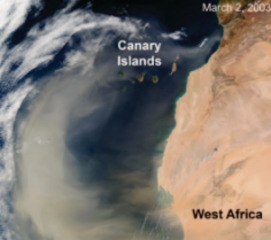Airborne Particles in the Urban Environment
Particulate matter is an important constituent of our atmosphere and has a critical impact on natural processes and human health. Although they are a minor component of the average global mass flux, anthropogenic particles are abundant in the urban environment, where they contribute substantially to air pollution. Particulate matter is routinely monitored in urban areas, but different particle types can be distinguished only by combining single-particle chemical analysis with bulk analysis of trace elements and measurement of isotope ratios. Such chemical tracers also allow for source identification and thus for targeted mitigation of anthropogenic particle pollution.
Airborne Particles in the Urban Environment Read More »



